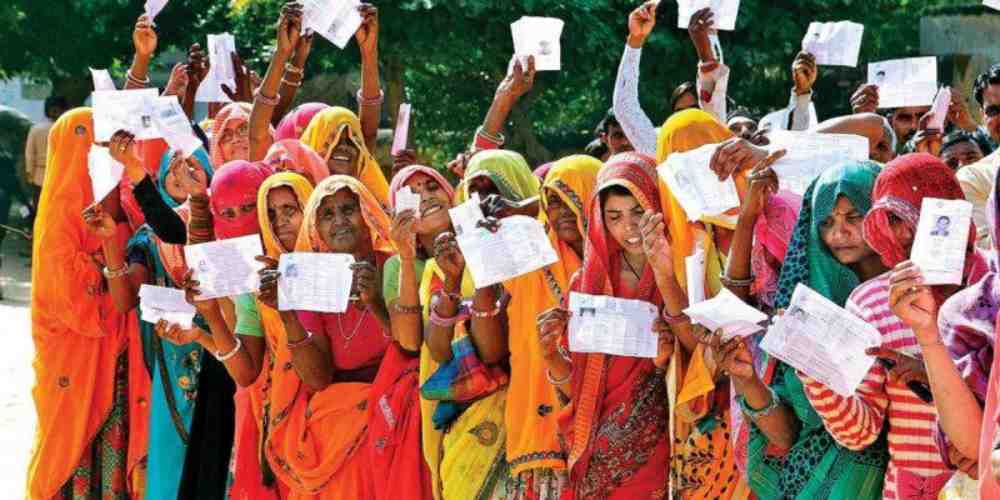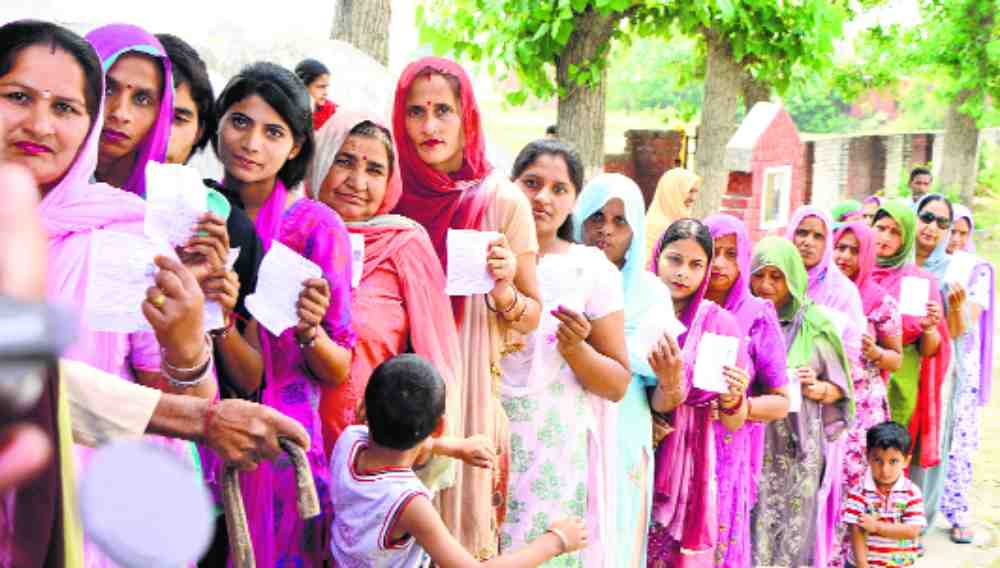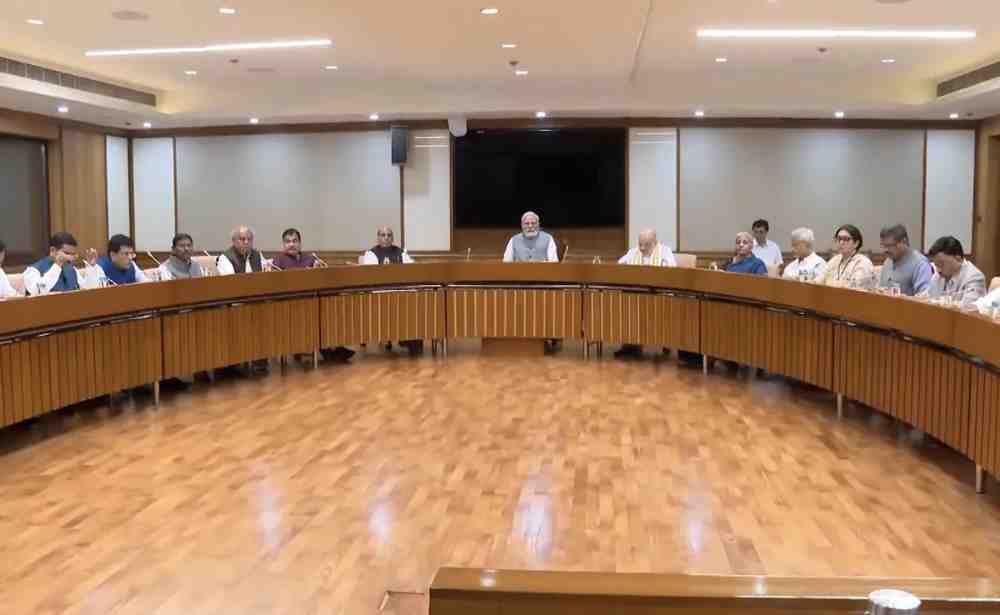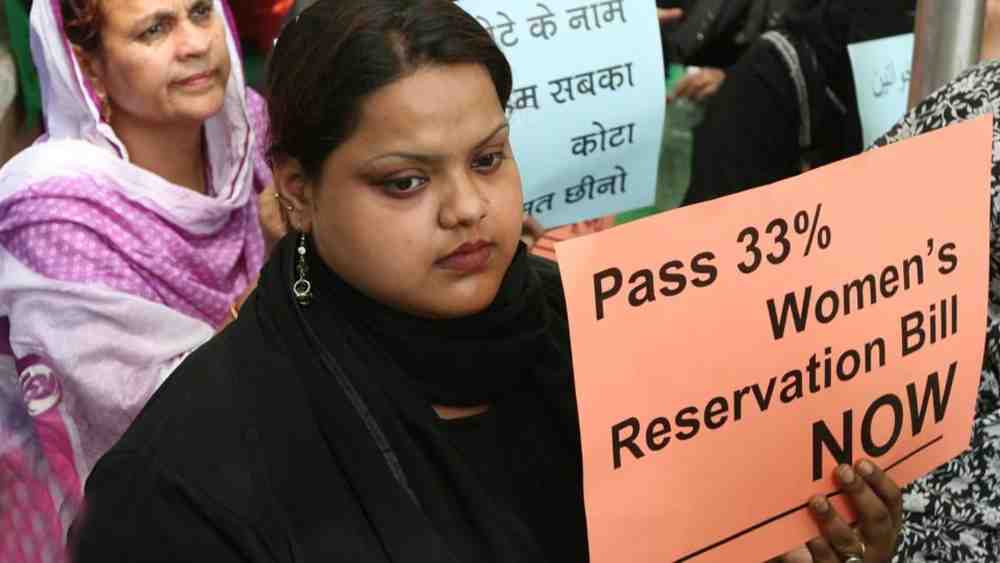The Women’s Reservation Bill: Paving the Way for Gender Equality
The Women’s Reservation Bill (WRB) has been a long-debated and highly anticipated piece of legislation in India. This bill seeks to reserve one-third (33%) of the total seats in state legislative Assemblies and the Parliament for women. Additionally, it proposes sub-reservations for Scheduled Castes (SCs), Scheduled Tribes (STs), and Anglo-Indians within the 33% quota. In this article, we will delve into the history of the WRB, its significance, and the journey it has undertaken.

The Current Development
Recently, the Union Cabinet in India gave its nod to the Women’s Reservation Bill, a significant milestone in the pursuit of gender equality. The bill’s approval was met with enthusiasm, particularly from the Modi government, which hailed it as a demonstration of their commitment to women’s empowerment. However, this development did not escape criticism, with some suggesting that such crucial decisions should involve more public discourse and consensus.
Understanding the Women’s Reservation Bill
The Women’s Reservation Bill, also known as the Constitution 108th Amendment Bill, 2008, aims to address the gender disparity in Indian politics. Its primary objective is to provide equitable representation to women in elected bodies. The bill suggests that one-third of the total seats should be reserved for women, and within this quota, sub-reservations should be made for SCs, STs, and Anglo-Indians.
Furthermore, the bill introduces the concept of seat rotation, ensuring that reserved seats are distributed among various constituencies within a state or union territory. It also sets a time frame, stating that the reservation for women shall cease to exist 15 years after the commencement of the amendment act.
The Historical Perspective
The journey of the Women’s Reservation Bill is marked by both determination and challenges. It was former Prime Minister Rajiv Gandhi who initially introduced the idea of women’s reservation in elected bodies in 1989. His Constitution Amendment Bill proposed a one-third reservation for women in rural and urban local bodies. While it passed in the Lok Sabha, it faced opposition in the Rajya Sabha and failed to become law.
In 1992 and 1993, Prime Minister P.V. Narasimha Rao reintroduced similar bills, which succeeded in reserving one-third of all seats and chairperson posts for women in rural and urban local bodies. This marked a significant step towards women’s participation in grassroots governance.

The push for the Women’s Reservation Bill in the Parliament began in earnest in 1996 when the Deve Gowda-led United Front government introduced the 81st Constitution Amendment Bill in Lok Sabha. Despite efforts and the formation of a Joint Parliamentary Committee, the bill faced opposition and lapsed with the dissolution of the Lok Sabha.
During the Atal Bihari Vajpayee-led NDA government in 1998, the bill was introduced again but met with resistance. Subsequent attempts in 1999, 2002, and 2003 faced similar fates.
It wasn’t until the Manmohan Singh-led UPA government-1 in 2008 that the Women’s Reservation Bill gained momentum. In 2004, it became a part of the Common Minimum Programme, and in 2008, it was tabled in the Rajya Sabha. After a standing committee’s review and approval from the Union Cabinet in 2010, the bill was passed in the Rajya Sabha with a resounding vote.

The Bill’s Current Status
While the Women’s Reservation Bill passed in the Rajya Sabha, it was never taken up for consideration in the Lok Sabha. Bills introduced or passed in the Rajya Sabha do not lapse, keeping the Women’s Reservation Bill still active and relevant.

The Women’s Reservation Bill is a significant step towards achieving gender equality in Indian politics. Its journey, filled with ups and downs, reflects the determination of leaders and activists to empower women in governance. The bill’s approval by the Union Cabinet is a positive sign, but its fate in the Lok Sabha remains uncertain. However, it stands as a beacon of hope and a symbol of the ongoing struggle for women’s representation in India’s political landscape.
